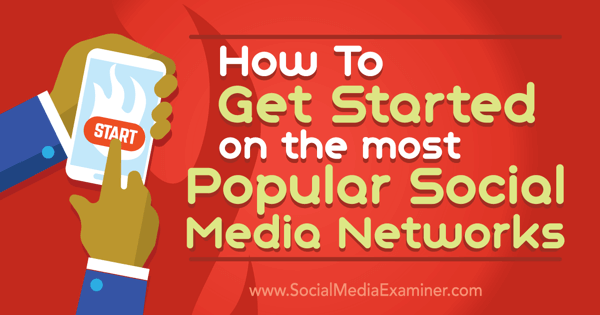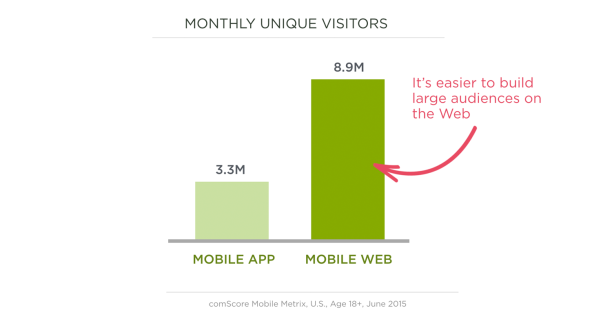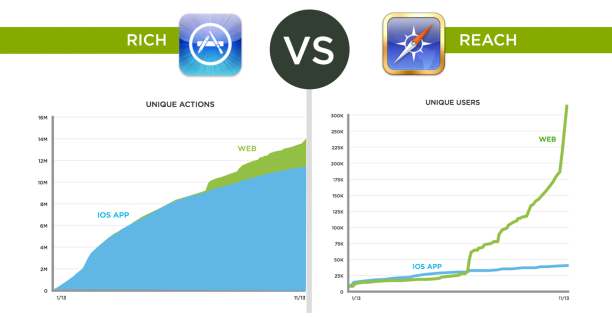
Every superhero has his or her weakness and in the case of Superman, his weakness is caused by kryptonite. Kryptonite is that one small negative element that overpowers all the other positive elements and leaves the whole system powerless. And usually, Lex Luthor is involved and the fate of the world is in the balance. Big breath. We are only talking about your product page and there are no super villains!
Let’s look at your product page as a superhero. Our superhero has a problem: its superpowers are weakened and you don’t know why. You have a great product but it’s not selling like you thought it would. You also have an effective in-bound marketing campaign that is generating solid traffic to your product page but your conversion is around .5% of your site visitors. You are tracking leads from your multi-channel campaign but there is a drop-off, the trail grows cold, your superpowers ebb and Lex Luthor has the upper hand.. Why?
First you have to test and analyze your site traffic to understand who your audience is, why they are on your site and what they are doing on your site. This may all sound basic but by examining these three qualities, we can understand what your product page’s kryptonite is. By building a foundation around the basics, you will always have rational solutions to your problems.
When using tools like Google Analytics, CrazyEgg or HotJar you can:
- Easily see where people have clicked or not clicked on your page.
- Distinguish all of the clicks you get on your site segmented by referral sources and search terms.
- Show how far people have scrolled down the page and where they drop off.
- Recruit user testers for one on one testing and interviews,
- Set up feedback polls.
- Create stepped conversion funnels.
- Set up real-time recordings of your visitors on your product page as they tap, slide and navigate around.
Examining all of this data will give us clues to where the weaknesses are on our page.
Understanding your audience behavior is the first step and guiding their behavior is the next step. A well engineered product page should highlight the value proposition and lead the user to immediate action. Every product has it’s own unique value proposition formula (we’ll cover this in another article) and this formula should be reinforced by our product’s key selling points. The product’s key selling points are brought to life by images, text and video. Again, we have a basic point here but the key to the effectiveness of these elements is creating the right mix of all three. Too much of one or the other will kill a conversion quickly.
As Tom Petty says about the key to writing a hit song, “Don’t bore us, get to the chorus.”
A simple, logical and entertaining path to immediate action is our goal. The kryptonite on you product page could be the 3 minute product demo video that was poorly produced or it could be an overly lengthy product description that goes into too much detail. By understanding your audiences behavior and by effectively guiding their behavior your will be able to get rid of the kryptonite on your product page and save the world!
The image-discovery site said Tuesday that all U.S.-based small and medium-size businesses will now have access to its self-serve advertising platform. The company also is boosting the number of keywords and specific interests that advertisers can sell against to serve ads to the site’s more than 100 million users. And advertisers will now be able to target their existing customers on Pinterest.
Read more: http://www.nasdaq.com/article/pinterest-broadens-ad-business-20160308-00911#ixzz42PgxsGoB
The good folks at Social Media Examiner have put together a good primer on the 6 top social media sites that will help elevate and amplify your brand voice. By identifying different aspects and interests of your audience and matching them to particular social media networks you can easily customize you online presence. You can find the article here.

That is the number of of active users on the planet of SMS. It hold the distinction of being the largest data application with MMS closely following it up at 3.5 billion users. While white-hot unicorns like Whatsapp (who reached the 1 billion user milestone the other week) have been seen to be the largest data service in the world, the reality is that they hold a fraction of the 6.1 billion users of SMS. There is quite a bit of hype around unicorns and the ubiquity of their products but the reality is mobile phone users of the world are quite comfortable with this old-timey tool. We just need to catch up with them.
The numbers are curtesy of Tomi Ahonen and can be found here.
This is a great how-to article on setting up accessibility standards for content and how it is published. I like especially how the article begins with a ‘persona’ exercise.
Content contributors can make their content more accessible through consistent use of a logical heading structure, providing meaningful alt text, properly labeling links, and adapting their writing style to reach the widest audience possible.
The article is here.
Great article from Luke Wroblewski about the efficacy of building in Mobile Web or Native app. My take on this well-informed article is that when you want to reach the widest audience you develop for the Mobile Web. Yes, Native Apps have a potentially richer experience but the trade-off is ubiquity.

Luke ultimately argues for both paths but if you have limited resources you need to pick one path. That choice is based on audience reach versus richness of experience.

Find the whole article here on Luke W’s site.
It’s our first post. Really the first of many posts about business and their mobile innovations. We’ll cover topics around mobile engagement, mobile product build, mobile platforms, mobile audience and the future of mobility. Our topics will be seen through a lenses of design, marketing and business.
Feel free to comment or reach out to us about our posts. We want this blog to be about a dialogue and not so much about a monologue.
